Introduction
On this route you can explore the historical heritage preserved in the streets and buildings of Palau-sator, Pals, Fontclara, Sant Feliu de Boada and Sant Julià de Boada, towns and villages with a great deal of history and some stories that are almost legends. All of this, while you walk through a rich agricultural landscape going from place to place.
The historical heritage is not the only interesting thing; there is also the natural heritage of the Baix Ter with a wide range of fauna: birds, amphibians, reptiles… as well as interesting plants you can see.
We recommend the Local Natura App to do this route. Download it for free here:
Apple store Google Play-
TypologyAnti-clockwise circular
-
DifficultyEasy
-
Duration3 hours
-
Slope106.00 meters
-
Distance11.30 km
-
ThemeFlora and faunaArchitecture and environment
-
ActivityBy foot
-
Rating
Slope graph

Description
This excursion starts in Palau-sator, where as soon as you leave the car, you will find the Romanesque Hermitage of Sant Pere which is outside the walls, as well as the fountain and the lavoir. Before starting the route, enter within the walls of Palau-sator through the Torre de les Hores, which is the gateway into the old part of the village. Then head uphill to see the imposing Castle of Palau-sator which is at the highest point in the village. Once you have looked around Palau-sator, it is time to head for Sant Feliu de Boada.
In about half an hour, walking through landscapes which are home to a rich variety of fauna, particularly birds, you come to Sant Feliu de Boada where you will find the village fountain and the Church of Sant Feliu which can those in larger neighbouring villages in the eye. Now set off again and head for Pals, on paths between fields that can be well covered by vegetation at some times of the year.
You enter Pals from the west, which is one of the least known parts of the town, but head towards the Plaça Major which is the entrance to its historical centre, where it is worth getting lost in the narrow streets and shops. If you climb the Torre de les Hores of Pals, you can enjoy the best views of this excursion. Do not waste any more time as there is still a long way to go. The next village is Sant Julià de Boada, small and rural and quite the opposite of Pals which has strongly encouraged tourism. The small Hermitage of Sant Julià stands out there.
Before returning to Palau-sator, all that remains for you to see is Fontclara, where the old Monastery of Sant Pau is located. Go through the Plaça de la Font before heading back to the car in the neighbouring village of Palau-sator.
Tips
Route
-
There are lots of orchids and at some points they are indicated. For this reason, this walk is especially good in the spring.
- The starting point is on a road where it is easy to park. The route ends in the church square in Fontanilles which is close by.
Water
- There is a fountain in the square of the Church of Sant Romà in Llabià, but it is also important to carry plenty of water.
Precautions
- Take care when crossing the Fontanilles-Gualta road.
Weather
-
Avoid going out in the middle of the day in the summer.
Equipment
- It is a good idea to take binoculars for bird watching.
- Wear a hat and sun cream on sunny days.
Other facilities
-
The Iberian city of Ullastret is close to the route. It is well worth visiting, either leaving the route or after the excursion.




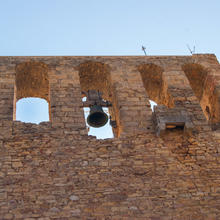
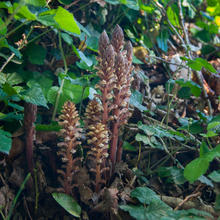
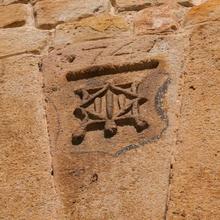
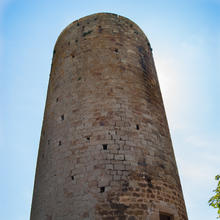
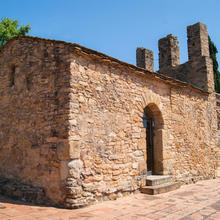

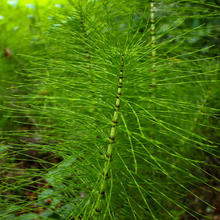

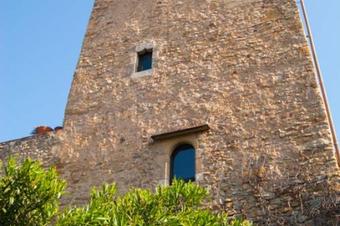
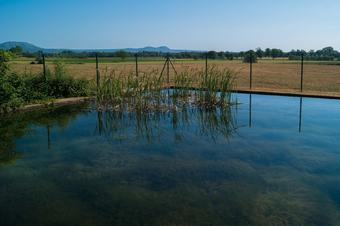
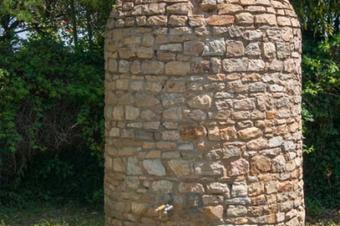
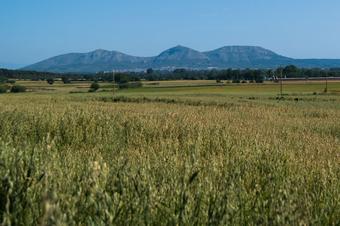
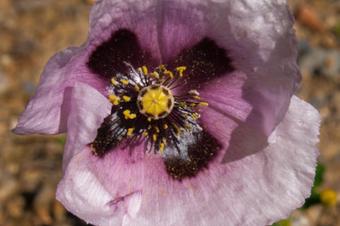




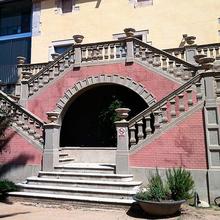
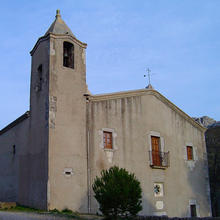
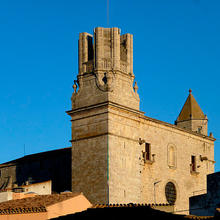
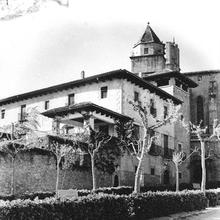


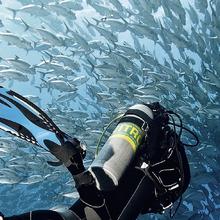
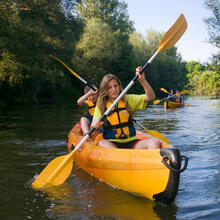
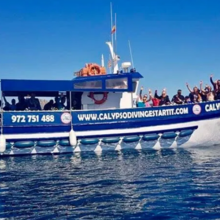
El punt mes atractiu es, sense dubte, la passejada pels racons de les petites viles per les quals passem. En general, força ben conservades i netes. Llàstima que una part important del recorregut es per carretera local. A l´estiu no es recomanable, perquè es totalment al descobert.